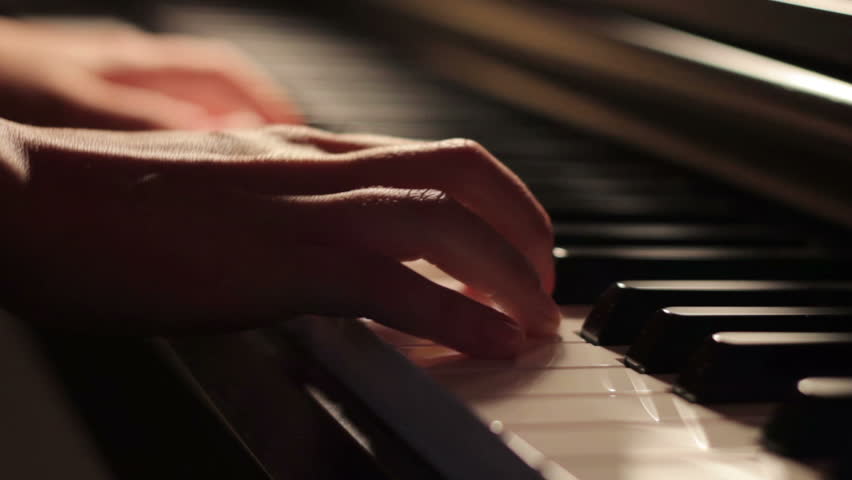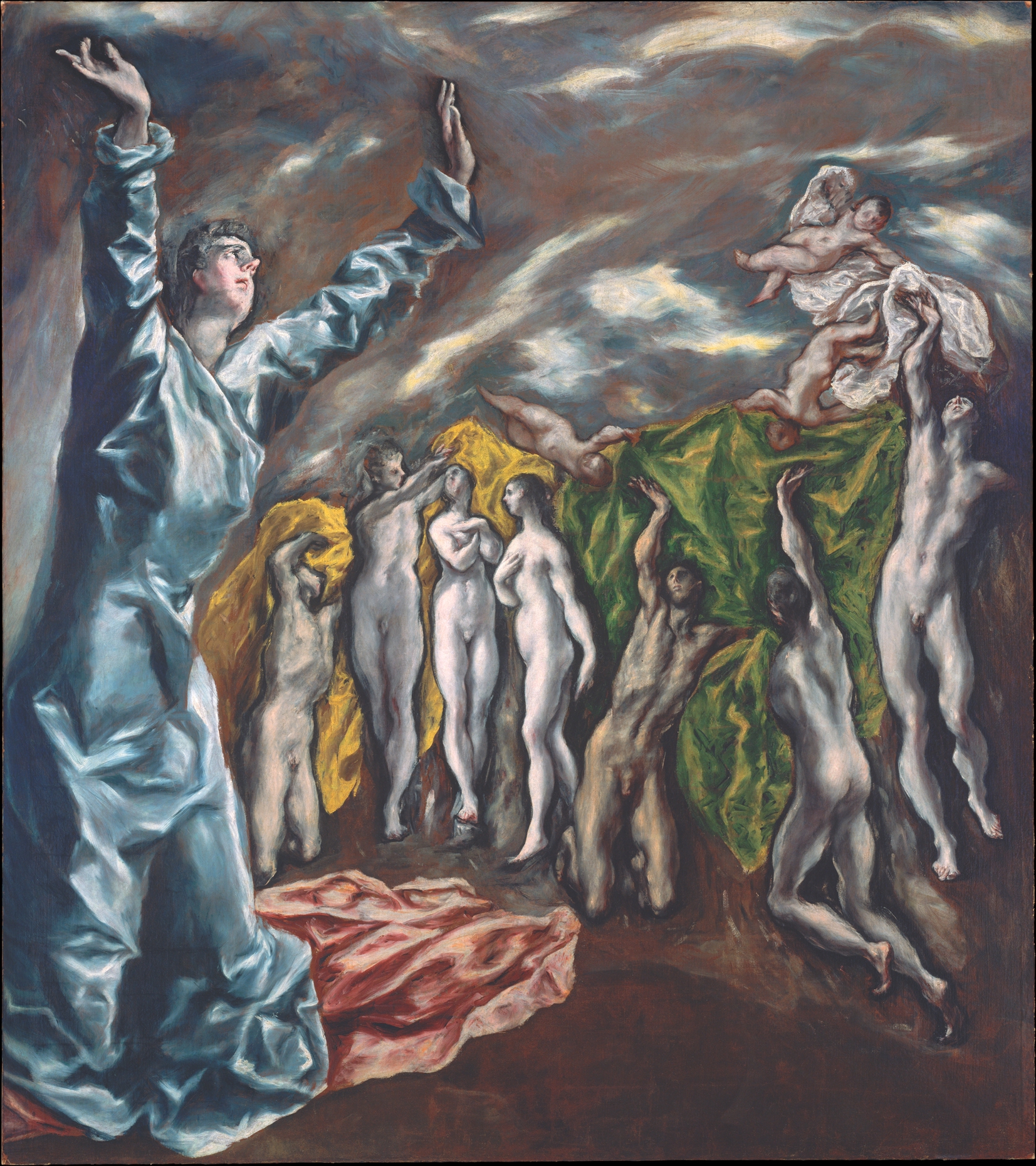Mannerism in Music

The sacking of Rome in 1527 by the imperial troops of Charles V had such an impact on the European collective subconscious that, as far as art history is concerned, it could be considered a turning point between Renaissance classism and a new period that would open the doors to the baroque, an area of transition to what is usually called Mannerism.
Its extension varies depending on the sources that we consult but, roughly, and despite the fact that Raphael Sanzio's latest works, with his tense and dramatic compositions, already foreshadow the new sensibility, we will consider that Mannerist art is part of the aforementioned looting from Rome and the first baroque babblings of the early seventeenth century, which, with respect to music, would fit with Monteverdi and the "Seconda Practica".

This movement was essentially a break with the previous balance and elegance through the profuse use of exaggeration and labyrinthine complication. So, if we consider the three possibilities of the essence of the artistic object: Mimetic, pure imitation of nature; the transformation of nature into an imaginative entity; the representation of reveries and extravagances, we see that Mannerism, without giving up the first, feels special predilection for the other two.
As the world has already ceased to be the elegant setting for the contemplation of beauty, now the work of art is no longer its prolongation ... observing the paintings of Tintoretto or El Greco for example, we will realize that the vanishing point of the perspective has ceased to be in the centre of the composition, now it is diverted upwards or to the side to give the sensation of entrance to another reality .... also, the architectural line curves, the sculptures are tensed just like the pictorial representations in dramatic torsions, and the music becomes more "strange" and dissonant to accommodate those new violent emotions.
Notable will be the experiments carried out in this regard by composers such as Giovanni Gabrieli, Orlando di Lasso and, above all, Gesualdo da Venosa, whose intense chromaticism is bold even today. It even came to invent a term for all those musical novelties, which seemed to be made for an intellectual and social elite that could understand them, called it "Musica Reservata".

We could summarize the new aesthetic in some fundamental points:
- Irregular, "unnatural" melodic phrases, conceived more as abstract lines than as true singable melodies.
- Deepening in Chromatism.
- Increase in the frequency and intensity of contrasts between polyphonic and homophonic sections, the latter often treated chromatically.
-Policoralismo, a resource that allowed to vary the textures with the continuous exchange of vocal groups.
- The expressive use of prohibited intervals, such as the fifth increased or the fourth decreased, so masterfully used by the Spanish Tomas Luis de Victoria.
These novelties were at the service of an intensification of the madrigalists' effects, with the ultimate goal of "colouring" the text musically. Finally, all this would lead to a new conception of the treatment of dissonance, more based on chords than the combination of intervals, with which we would enter fully into the new Baroque era, whose seizures will be material for later articles.
To learn more, visit https://www.piano-composer-teacher-london.co.uk
